
Screening for Blockers of Plant Calcium Channels
Plant Physiology, Plant Physiology: On The InsideThe importance of Ca2+ in animal physiology led to the development of an extensive pharmacological toolbox to manipulate specific groups of Ca2+ channels. Simple drug treatments allow for the manipulation of specific Ca2+ channels, thereby providing insights of which Ca2+ channels are involved in any…
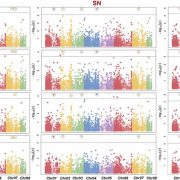
ABC Transporter Gene Enhances Chickpea Yield
Plant Physiology, Plant Physiology: On The InsideThe development of crop cultivars with increased seed number or seed size and weight (SW) is critical for ensuring global food and nutritional security. Because of the importance of SW, substantial efforts have been directed towards identifying genetic factors regulating this yield-contributing trait.…
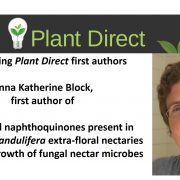
Recognizing Plant Direct first authors: Anna Katherine Block
Plant Direct, Plant Direct: Author ProfilesAnna Katherine Block, first author of Specialized naphthoquinones present in Impatiens glandulifera extra-floral nectaries inhibit the growth of fungal nectar microbes
Current Position: Research Molecular Biologist, Chemistry Research Unit at the Center for Medical, Agricultural and Veterinary Entomology…
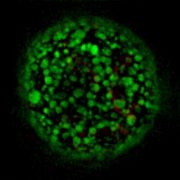
A Reversible Switch for Algal Photosynthesis
Research, The Plant Cell, The Plant Cell: In a NutshellRoth et al. investigate how a green alga turns photosynthesis off and on when glucose is added and then removed from the culture medium. Plant Cell https://doi.org/10.1105/tpc.18.00742
By Melissa Roth and Krishna Niyogi, University of California-Berkeley
Background: Photosynthesis is the life-sustaining…
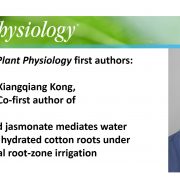
Recognizing Plant Physiology first authors: Xiangqiang Kong
Plant Physiology, Plant Physiology: Author ProfilesXiangqiang Kong, co-first author of Leaf-derived jasmonate mediates water uptake from hydrated cotton roots under partial root-zone irrigation
Current Position: Professor, Shandong Cotton Research Center, Shandong Academy of Agricultural Sciences, Jinan 250100, PR of China
Education: PhD of Botany,…
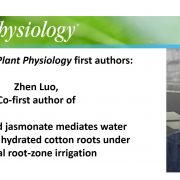
Recognizing Plant Physiology first authors: Zhen Luo
Plant Physiology, Plant Physiology: Author ProfilesZhen Luo, co-first author of Leaf-derived jasmonate mediates water uptake from hydrated cotton roots under partial root-zone irrigation
Current Position: Assistant Professor, Shandong Cotton Research Center, Shandong Academy of Agricultural Sciences, Jinan 250100, PR of China
Education: PhD and BS,…
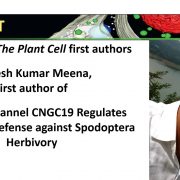
Recognizing Plant Cell first authors: Mukesh Kumar Meena
The Plant Cell, The Plant Cell: Author ProfilesMukesh Kumar Meena, first author of The Ca2+ Channel CNGC19 Regulates Arabidopsis defense against Spodoptera Herbivory
Current Position: Postdoctoral Fellow, Leibniz Institute of Plant Biochemistry, Halle, Germany
Education: PhD, National Institute of Plant Genome Research (NIPGR), New Delhi, India
Non-scientific…
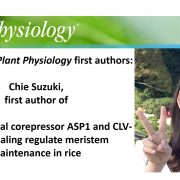
Recognizing Plant Physiology first authors: Chie Suzuki
Plant Physiology, Plant Physiology: Author ProfilesChie Suzuki, first author of Transcriptional corepressor ASP1 and CLV-like signaling regulate meristem maintenance in rice
Current Position: Researcher at a chemical company in Japan
Education: Ph.D. in Science (2019), University of Tokyo, Japan
Non-scientific Interests: Drawing pictures, watching…
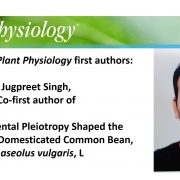
Recognizing Plant Physiology first authors: Jugpreet Singh
Plant Physiology, Plant Physiology: Author ProfilesJugpreet Singh, co-first author of Developmental Pleiotropy Shaped the Roots of the Domesticated Common Bean, Phaseolus vulgaris, L
Current Position: Postdoctoral researcher, Plant Pathology & Plant-Microbe Biology Section, Cornell University, Ithaca, NY, USA.
Education: PhD in Horticulture,…

